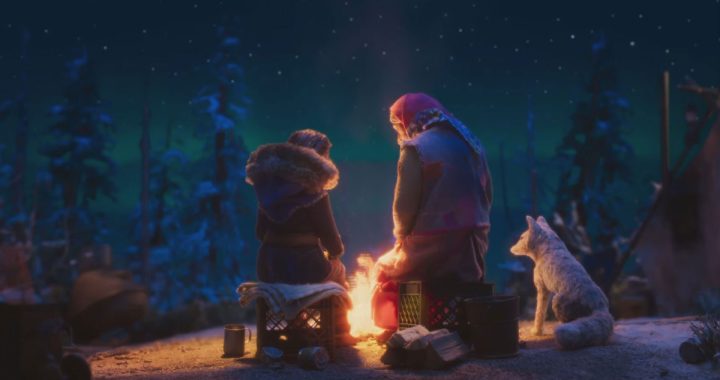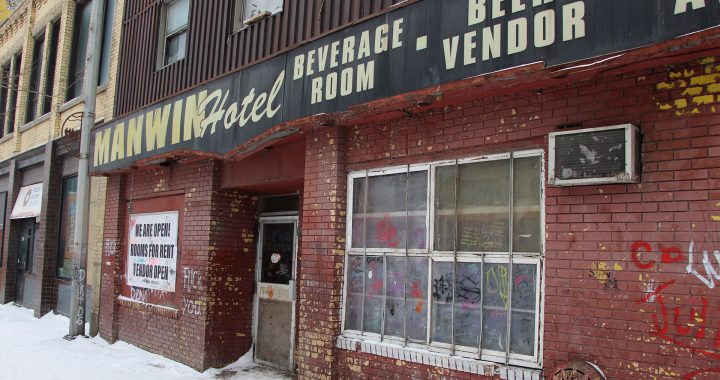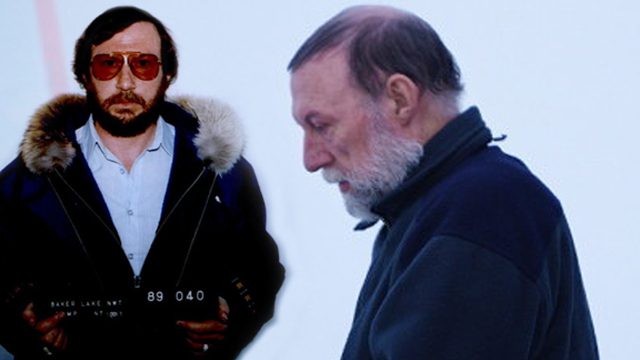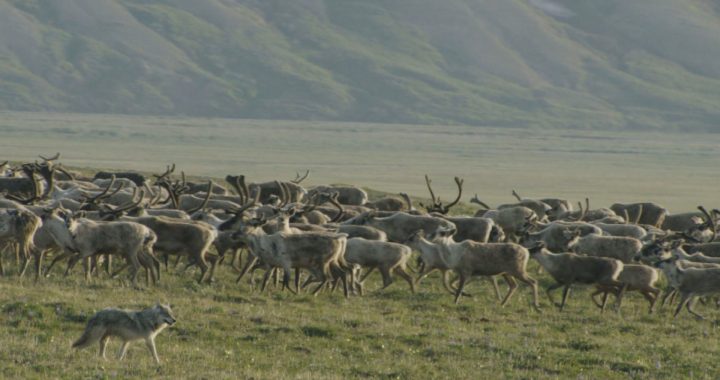Have you ever wondered how an investigative news story comes together? How journalists get to the bottom of complex topics and uncover things that otherwise, wouldn’t come to light?
On this addition of APTN’s InFocus, host Melissa Ridgen sits down with the APTN Investigates team to discuss some of their favorite moments and the work behind the camera that audiences don’t get to see.
Celebrating its 10th year on the air, APTN Investigates has continually dug deep into stories that mainstream media sometimes misses, or just ignores.
The program has won 21 journalism awards in those 10 years, making it one of the best-performing investigative journalism units in the country.
Producer, Holly Moore was working with mainstream news agencies when she decided she wanted to cover stories that were more meaningful and do work that would have an impact.
“One of the biggest crimes in this country are crimes perpetrated on Indigenous people and there is really is a high level of accountability possible,” Moore said. “So I started to see that Indigenous investigative journalism — (APTN was) the only one doing it.”
“You think about the content and my theory is if you’re going to be an investigative journalist in this country, this is where you should be looking for stories.” Moore said.” If you’re truly interested in holding powerful forces to account and you’re interested in giving voices to voiceless people, then everybody should be working”
The work of an investigative reporter can be long and tiring. Tracking down leads, confirming tips and navigating government red tape.
Christopher Read, the newest member of the investigative team, said it can be a challenge.
“In terms of knowing how long to go down a certain rabbit hole before deciding it‘s not going to pay off, especially when you’re looking into a story that happened 40 plus years ago, you can spend a lot of time just calling every person with a certain last name in a phone book in a certain area, that kind of thing,” Read said, of how the process can be complicated.












